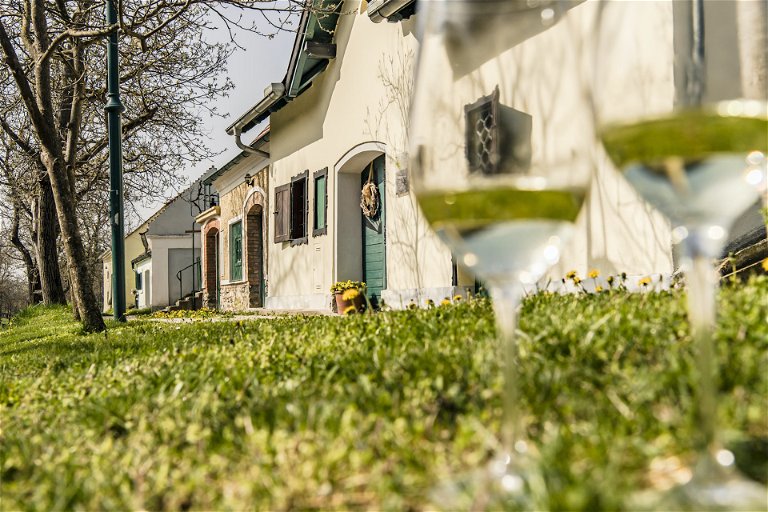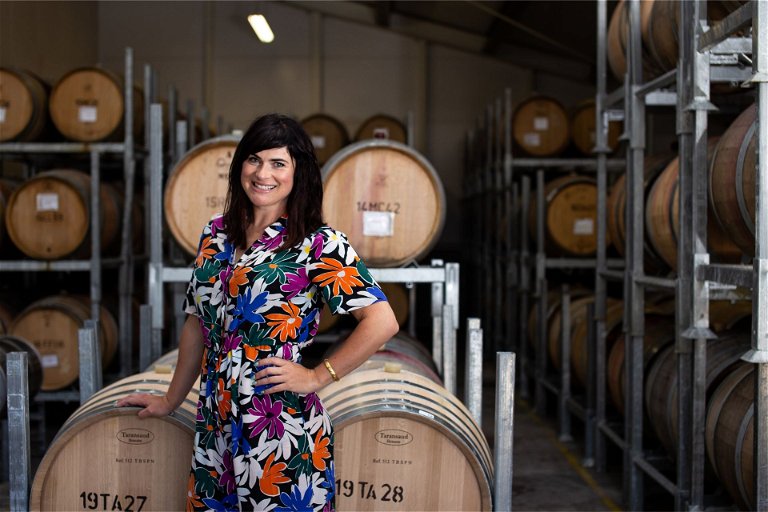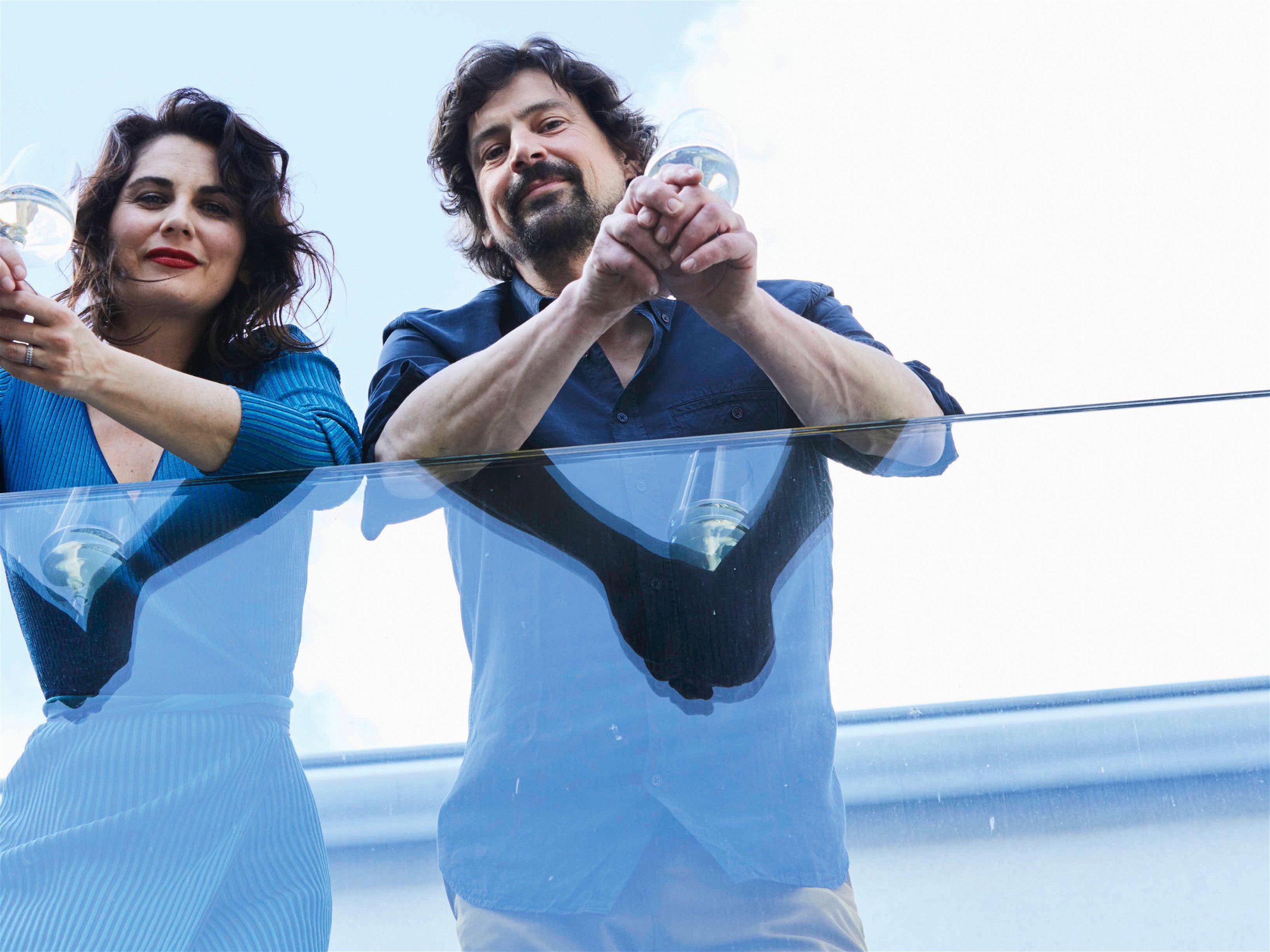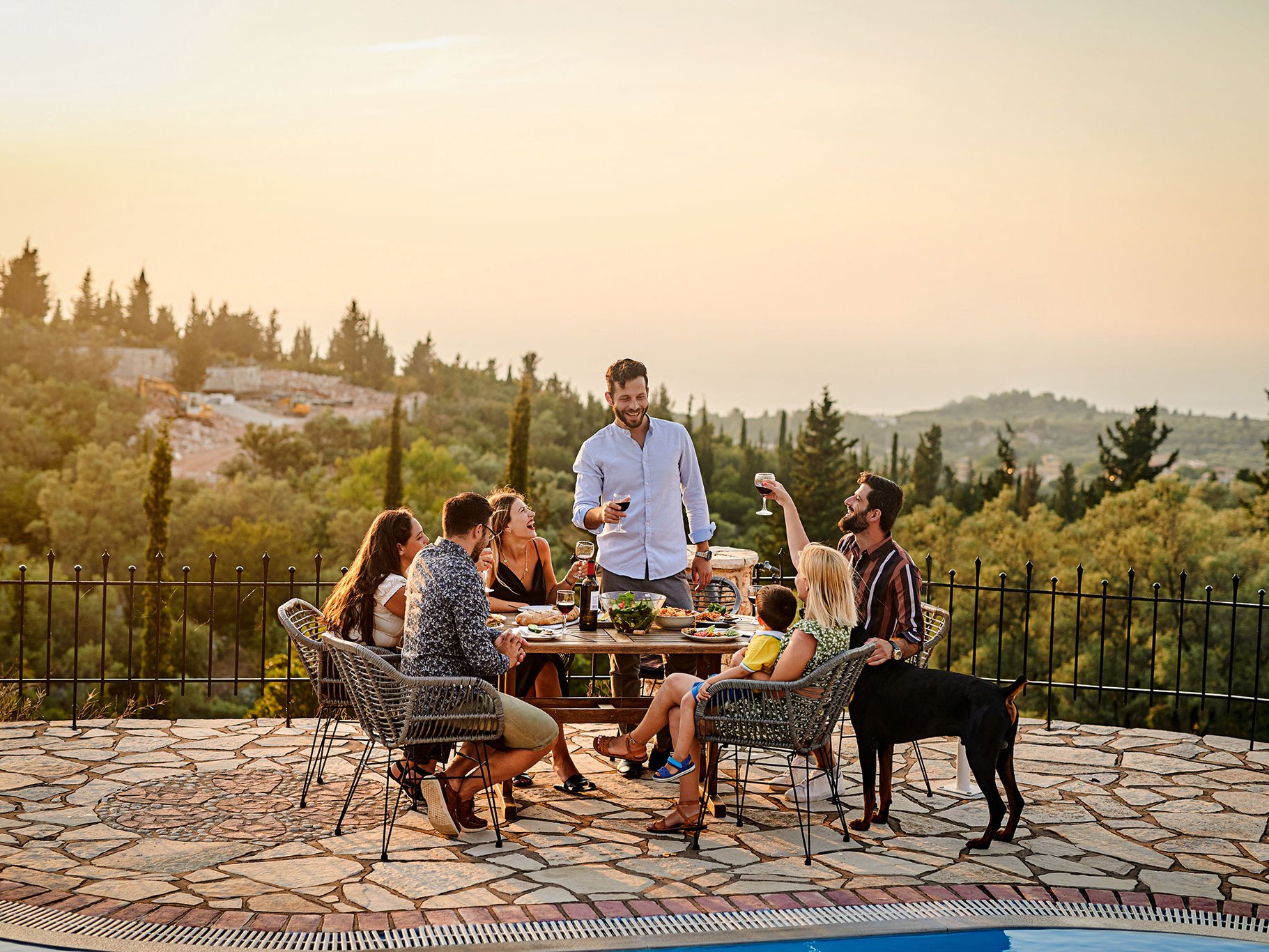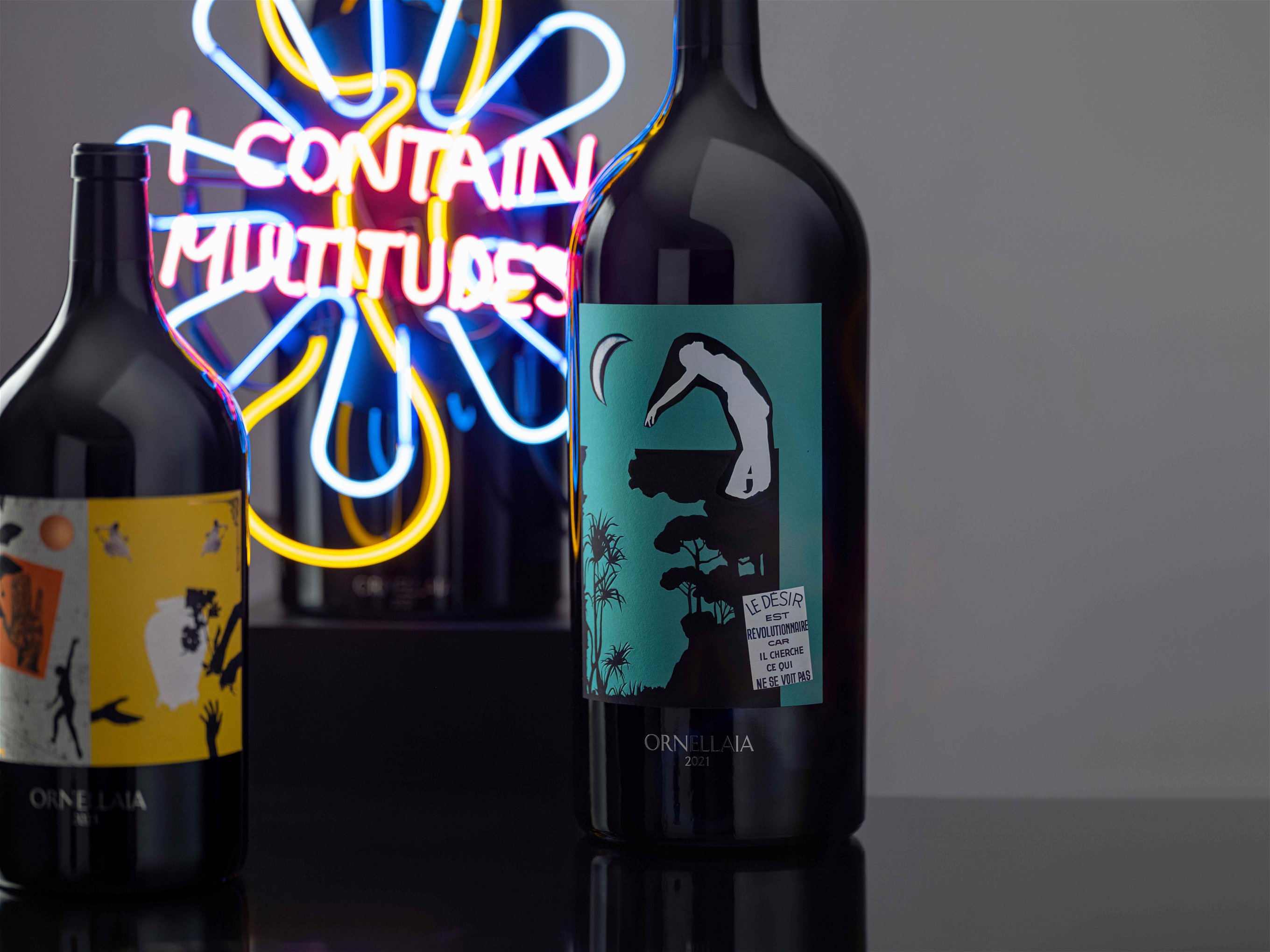Grüner Veltliner Goes Global Despite Tricky Name
Austria’s favourite grape variety might be a tongue-twister for non-German speakers but it now thrives in places as far-flung as California and New Zealand. Falstaff finds out why.
Few countries have a flagship like Grüner Veltliner – it is Austria’s calling card and unique selling point. It is the country’s most planted grape variety and in the wine world its name is synonymous with Austria and vice versa. Yet it has fans around the world who were determined to plant it, just to see how it would fare way beyond the valleys of the Danube River.
Grüner's nature
You can see why someone might want to plant this Austrian original. It thrives in numerous soils. It ripens in the cooler reaches of Austria’s northernmost region, the Weinviertel, but also basks in the deeply continental summer heat of the south-facing slopes that line much of the Danube River and its tributaries. It can be cropped generously for easy-drinking wines that slake your thirst or make distinct, expressive and long-lived wines when yields are restricted. Andreas Wickhoff MW of Weingut Bründlmayer, one of the world’s benchmark producers of Grüner, sums it up: “Our most widely planted quality grape enjoys the country’s moderately cool climate, the continental winds from the Bohemian massif and loess-dominated soils, but it can also cope with poorer soil types. As a thick-skinned variety, it can handle our varied vintage conditions and impresses with its massive diversity, from pleasantly nimble examples to highly complex cru wines.”
Sage, Soy and Pepper
In flavour and taste, there are two defining characteristics: savouriness and texture. When tasting Grüner Veltliner, there is often pepperiness because the variety has above-average levels of rotundone, a sesquiterpene that gives pepper its flavour. Cooler regions or cooler vintages are often intensely peppery. Warmer vintages and regions can present a salty savouriness reminiscent of soy sauce, dried sage, fennel seed and wild thyme. Then there is mouthfeel: Grüner always comes with texture and this is what makes it such a killer at the table. No wonder winemakers are smitten.
Early Adopters: Oregon
The US state of Oregon has always had a pioneering spirit and the Fords of Illahe Vineyards planted Grüner Veltliner as early as 1988 – long before it became fashionable. “We were among the first two vineyards to plant Grüner Veltliner in Oregon for commercial use. We put our first plants in the ground in 1988,” says Brad Ford. “We planted Grüner at the urging of a Hungarian neighbour, and ex-fighter pilot in the Hungarian air force who had come to the US through Austria as a refugee. He had fallen in love with Grüner in Austria and felt that Oregon would be the perfect place to grow the grape. He gave us the cuttings.”
Brad’s father Lowell trialled various varieties and vinified them in small batches. “Usually ten to fifteen gallons of eight different wines,” he says. “Some produced wonderful wine and others were less successful. But some made great, terrific wine. Grüner Veltliner was one that produced an outstanding white wine with structure, flavour and smell.” By now, the Fords have sussed the grape out: “It always achieves ripeness in this climate. The trick to its final flavour is the picking date. In the winery, the green juice develops slowly in stainless tanks and acacia oak barrels.” Brad remarks on Grüner’s “mild, grassy, saline flavour” and captures something central about this variety’s character: “Our Hungarian friend was right. This is the perfect climate and place for Grüner. It is fun when it is both a serious and not-serious wine – for all occasions from Christmas dinner to baseball games.”
Canada
Further north, across the border in Canada, in the Okanagan Valley, Culmina Family Estate winery also was Grüner-curious. “The ultimate goal in planting our Margaret’s Vineyard in 2011 was to plant what was suited to the area. While no other producer had planted Grüner Veltliner at that time, we saw some similarities of soil type, temperature and elevation with wine growing regions in Austria,” says Maryke Vandermarel. “Ultimately, the decision to plant Grüner Veltliner was an experiment. With no previous knowledge of how Grüner would perform in the Okanagan, we’ve been able to approach this grape with a blank slate and have been able to take the time to find our style. We have found that, in our spot in the Okanagan, Grüner Veltliner is quite full bodied with lots of melon and grapefruit aromatics.”
'Down Under'
Around the same time, in 2010, Larry Jacobs of Hahndorf Hill in Australia’s Adelaide Hills made his first Grüner Veltliner, having been the first to plant the variety in 2006. “My main reason for planting it, besides the fact that I was smitten by Austrian examples, was that our climatic conditions are surprisingly similar to those found in Lower Austria, but especially when compared to the Kamptal region,” he says. “Add to this our ancient soils of metamorphic rocks...I dreamt that we could become a far outpost for this glorious and noble white variety.” Jacobs’ dream was not far-fetched since there are now more than 35 different Grüner labels in Adelaide Hills. There is even a “GGG” – a Grüner Growing Group.
Aotearoa
Across the Tasman Sea, in New Zealand, the climate, while mostly maritime, also seems suited to Grüner’s predilections. Coopers Creek was the first to plant Grüner in New Zealand, in Gisborne. Yealands in Marlborough have produced Grüner Veltliner since 2012. “We’ve always been open to trialling new varieties,” says winemaker Natalie Christensen. She stresses the influence of the alluvial soils: “The Awatere Valley’s mineral character brings beautiful texture and length to our Grüner.” This is also what she strives for in her winemaking: “We try to build texture through alternative fermentation vessels like concrete egg and large format oak ovals. We like it to be vibrant, making it with a stainless steel tank component brings energy to the palate.” Rudi Bauer, the Austrian-born winemaker of Quartz Reef in Central Otago has made Grüner since 2012, the first in the region. His high expectations meant that he never released any wine until his 2016 vintage – but his current vintages are spot-on.
California
Back in America, Graham Tatomer is one of Grüner’s most vocal advocates: “I love the grape,” he says of his plantings in California’s Central Coast. Tatomer worked vintage in Austria, with another benchmark producer, Emmerich Knoll, in the Wachau and has made Grüner in California since 2010. His vineyards are no problem but the market is more complicated. “My Veltliners have done well in high-end restaurants, especially on tasting menus at Eleven Madison Park in New York and A.O.C. in Los Angeles. Retail has been much more difficult. It’s really down to the producers to spread the word about the grape among consumers.”
Grüner lovers unite
Outside Austria, there are just tiny pockets of this versatile variety. It took courage to defy the norm of planting well-known international grape varieties and go for a niche one instead. Its umlaut and name may hamper it on shop shelves, but once Grüner is in the glass, the case for this arch-Austrian grape becomes clear. Let’s see where it will sprout up next.

